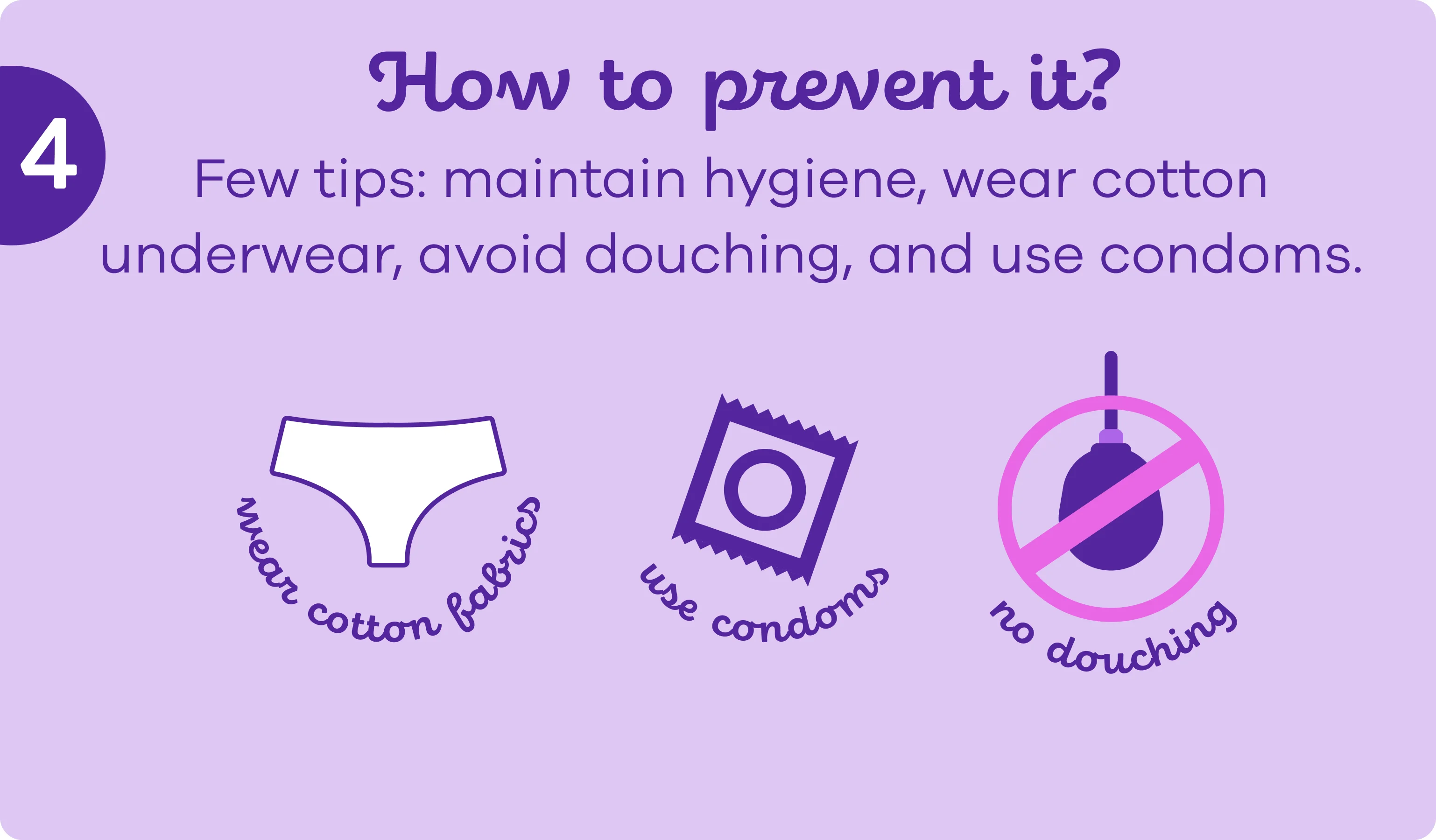
Why Is This Even an Issue?
Ever had that moment where you’re finally starting to feel human again after battling a rough sinus infection—only to get hit with a yeast infection just as your energy returns? It’s like, “Come on, can my body just cut me a break?” If you’ve found yourself in that itchy, cranky boat, you’re not alone. Taking cephalexin—or honestly, most antibiotics—can throw your system for a loop and set the stage for a yeast infection that pops up right after your last pill.
But hey, let’s get really honest for a second. If this cycle isn’t interrupted, the aftermath is often way more than a little irritation—think sleepless nights, constant discomfort, and that “Ugh, not again” frustration that makes you pretty much dread every antibiotic script. Wouldn’t it be nice to know how to actually sidestep this problem? That’s what we’re here for. Real talk, friend-to-friend: there’s a smarter, more natural approach. Let’s walk through how you can avoid yeast infection when taking cephalexin—yes, truly.
What’s Really Happening Down There?
You might’ve heard that antibiotics kill the bad stuff, but here’s the catch—they often wipe out the good stuff too. Imagine your body as a bustling city: you’ve got peacekeepers (helpful bacteria like Lactobacillus) and the local troublemakers (yeast, aka Candida). When cephalexin rolls in, it’s like a disaster movie: everyone gets knocked out, not just the bad guys. Suddenly, yeast sees its chance and takes over the whole city. This wild swing in your body’s ecosystem? That’s what sets off a yeast overgrowth—and all the uncomfortable symptoms you might remember all too well (research on yeast infection from antibiotics).
Honestly, before I put this together, a buddy of mine would expect a yeast infection like clockwork every. single. time. she needed antibiotics. Only when she figured out how her body’s “city traffic” worked did things shift. Pretty wild, right?
Does It Happen with All Antibiotics?
Nope—not all, but plenty. Cephalexin, though, is right up there as a common culprit. It’s what doctors reach for to tackle skin infections, UTIs, respiratory bugs, you name it (cephalexin uses and side effects). Want to see the whole list? I’d check out this List of antibiotics that cause yeast infections for the bigger picture. You might be surprised!
Warning Signs: Catch It Early
Let’s pause. If you’ve never had a yeast infection, you might wonder—how do you even know one’s brewing? It’s all about listening in: sudden itching, a milky or clumpy discharge, weird redness, a sour mood that comes from feeling off all day. Sometimes, these red flags show up before your antibiotic script is finished. Trust your gut (and everything south of it)—it’s not “all in your head.”
I can still remember the week I ignored those first hints, deciding to “wait and see.” Regret that one. Since then, at the first twinge, I start damage control.
Everyday Habits That Actually Help
Okay, here’s what changed my game, and now many friends swear by it. These tweaks are easy—the kind of tips you’ll wish you’d known sooner. Ready?
Bring in Probiotics—Don’t Wait
This one’s almost too simple. Your body needs those “good guy” bacteria back, stat. So while you’re taking cephalexin, double down on probiotics—through a supplement or yogurt with active cultures. Not the sweet kind (yeast loves sugar), but plain Greek yogurt works magic (home remedy for yeast infection using yogurt).
What Works?
- A scoop of plain Greek yogurt daily (yep, even if it’s tangy)
- Probiotic capsules—look for Lactobacillus acidophilus on the label
- Fermented food like sauerkraut or kefir (if you can stomach it—personally, kefir is hit or miss for me!)
I swear, swapping in yogurt with lunch made a night-and-day difference for me. No more scratching that itch (pun intended) to find a pharmacy at 2 a.m.
Let It Breathe—Yes, Really
Moist, warm environment? That’s yeast’s five-star hotel. So, opt for cotton underwear—skip the lace or synthetics when possible. Loose clothes—think cozy sweatpants over skinny jeans—help, too. And if you work out or hit the pool, change out of anything damp ASAP. A little inconvenience, maybe, but your comfort is worth it.
Also, rethink anything scented ‘down there.’ Sprays, powders, even those “fresh” wipes? They look tempting, but they can wreck your body’s natural protections (avoid scented hygiene products).
Don’t Feed the Yeast
Okay, this stings a little, but the less sugar, the better. Sugary foods give yeast a feast—cookies, juice, even some granola bars are sneaky about it. Stick to high-protein, veggie-packed meals (think eggs for breakfast, big salads at lunch), and save dessert for later. Yeast loves a sugar rush, so don’t give it the upper hand.
Easy Meal Hacks
| Meal | Swap Idea | Why It Helps |
|---|---|---|
| Breakfast | Eggs & avocado instead of cereal | Protein keeps sugar stable—less fuel for yeast |
| Lunch | Greek yogurt bowl (unsweetened) | Those probiotics rebuild your defenses |
| Snack | Veggie sticks & hummus | Fiber plus less sugar equals fewer yeast flare-ups |
Maybe it feels a little “health nut,” but after two rounds of antibiotics in one winter… yeah, I made this my new normal. Honestly, my skin cleared up too—bonus!
Keep Clean, Not Scrubbed
Quick heads up: overdoing hygiene is a thing. Overwashing, douching, or scrubbing with harsh soaps will not keep yeast away—they’ll actually irritate your body, stripping away the good bacteria. Gentle, unscented soap is the way to go.
Natural Solutions People Swear By
Some folks have strong feelings about old-school remedies: coconut oil, garlic, even apple cider vinegar. They’re talked about everywhere, and small-scale studies suggest they might help a bit (coconut oil and yogurt as natural remedies), but honestly, nothing replaces a good probiotic and basic self-care. If you try any DIY remedy, patch test on your skin first—and never put anything in your body your doc hasn’t okayed (especially boric acid, which can be dangerous if misused).
Natural vs. Over-the-Counter—Which Is Faster?
If you do end up with symptoms while on cephalexin, you have options. Natural fixes can be soothing, and for some, just eating more yogurt and switching to cotton is enough.
| Remedy Type | How Fast? | Notes |
|---|---|---|
| Natural (Food/Probiotics) | Slower (days to a week) | Great for prevention, mild cases—gentle but gradual |
| Over-the-Counter | Faster (12–72 hours) | More direct, but double-check for allergies/interactions |
I once went the “natural only” route, but when it was a bad flare? Monistat cream got me back to normal—just being real here. Both have their place.
Can You Treat A Yeast Infection While Still Taking Antibiotics?
Absolutely. Actually, treating early is key. If you’re knee-deep in cephalexin and symptoms start, don’t wait. You can use OTC antifungal creams or suppositories right alongside most antibiotics. For more details, take a look at can you treat a yeast infection while on antibiotics—you’ll find a breakdown of approaches and what to expect.
There are also cases where your doctor might prescribe a one-dose antifungal (like fluconazole) as a “just in case” move if you tend to get yeast infections every time you’re on antibiotics (prevention advice from Healthline). And yes, it can be done safely—with some guidance. But, you should always talk to your doctor or pharmacist first if you’re mixing treatments, because certain antifungals and antibiotics can interact.
If you’re hunting for the specifics—maybe curious about the risks, best timing, or what actually works in combos—don’t miss the deeper dive at can you treat a yeast infection while on antibiotics. Bookmark it for next time!
Putting It All Together: Your Yeast-Free Plan
Let’s do a quick gut-check (no pun intended): the next time you’re prescribed cephalexin, you can disrupt the old story where antibiotics always equal a yeast infection. Build up your defenders with probiotics (both supplements and food), keep your habits yeast-unfriendly (cotton undies, clean but gentle hygiene, lay off the sweets), and trust your instincts if you feel symptoms brewing. If you need backup, there are gentle natural tricks, faster OTC creams, and can you treat a yeast infection while on antibiotics for the whole range of answers.
What do you think—ready to try these? If it helps, imagine your body like that “city” we mentioned: antibiotics do their job, but it’s up to you to help your peacekeepers rebuild. It doesn’t have to be a big, overwhelming thing. One or two steps is enough to start shifting your story from “why does this always happen?” to “not this time.”
Wrapping It Up (And Cheering You On)
Let’s be real—dealing with antibiotics is tedious enough without the “bonus prize” of a yeast infection. But you aren’t powerless, friend. With a few intentional choices—like adding probiotics, switching up some clothing habits, and keeping sugar at bay—you can avoid yeast infection when taking cephalexin much more often. It’s not about being perfect; it’s about stacking small wins for your body.
And if you do end up with symptoms anyway, don’t stress or blame yourself. Reach for those OTC creams or trusted natural tricks, chat with your doc, and remember the resources at List of antibiotics that cause yeast infections and can you treat a yeast infection while on antibiotics. You don’t have to go through it alone; there’s always a smarter, kinder way. So here’s to your next round of antibiotics—may it be yeast-free and drama-free (for once!). If you want more hacks or want to share your story, drop it in the comments. Let’s keep learning—and healing—together.

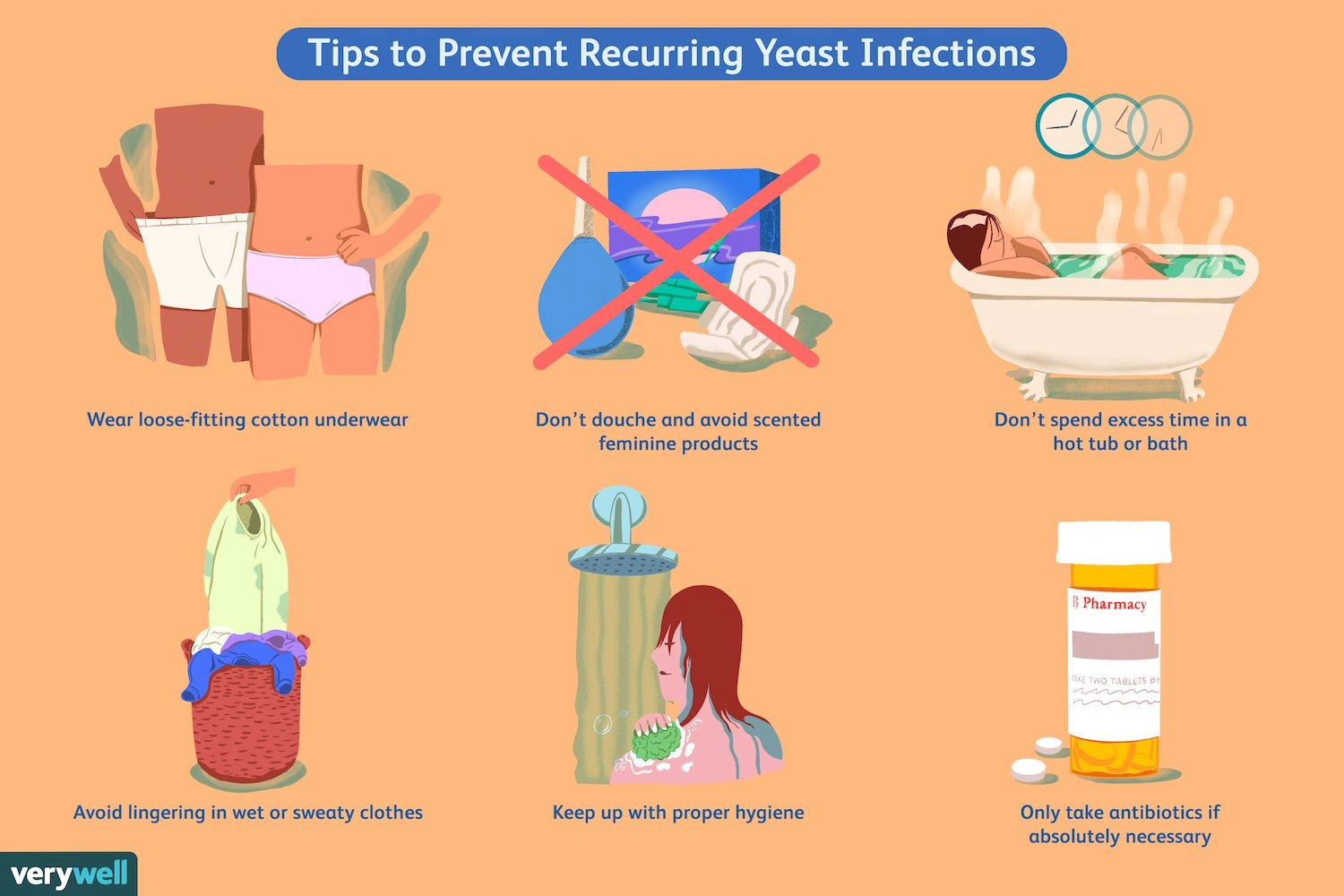
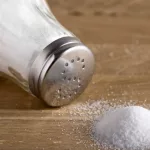
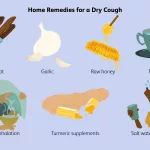


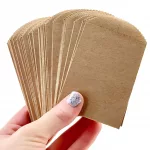
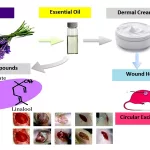

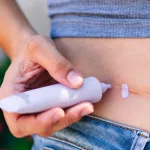
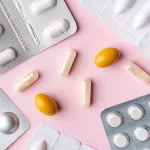
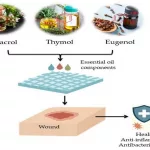






Leave a Reply
You must be logged in to post a comment.